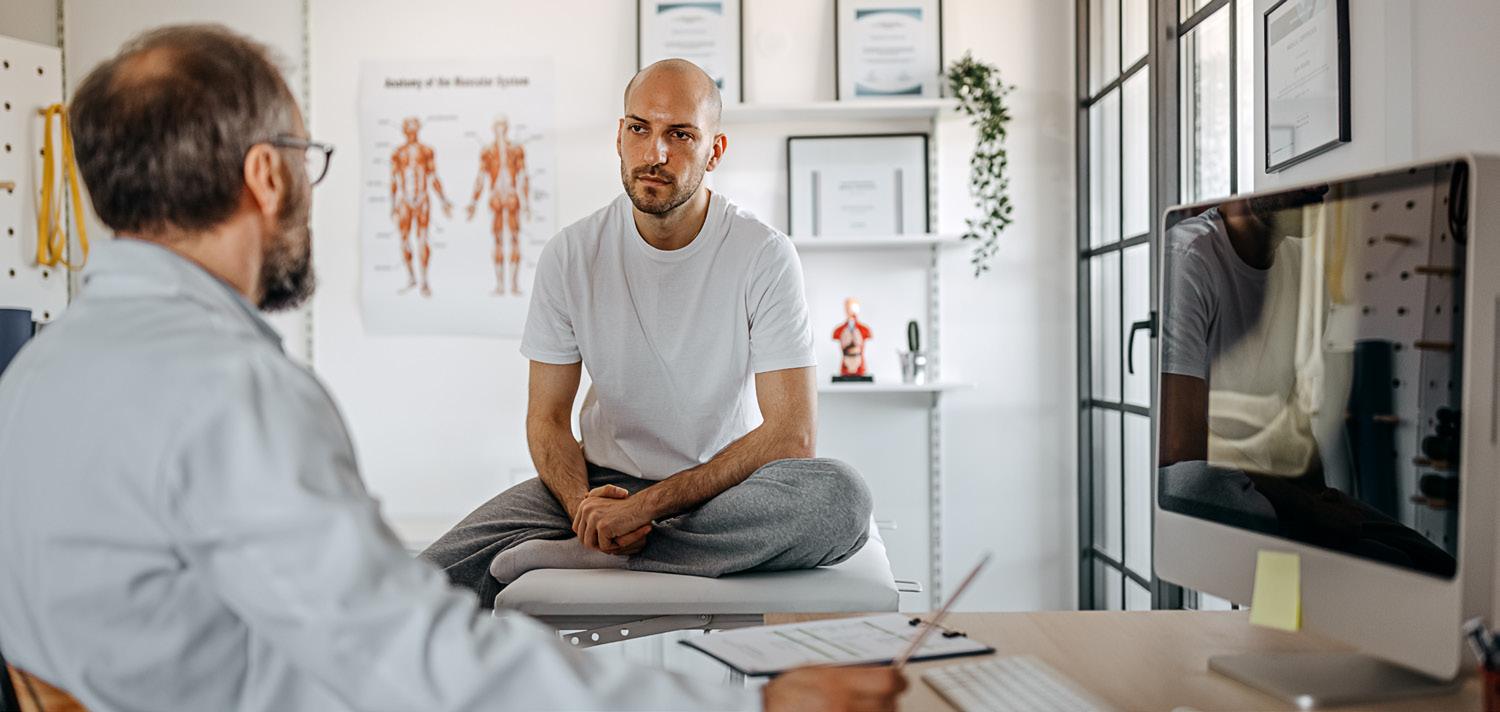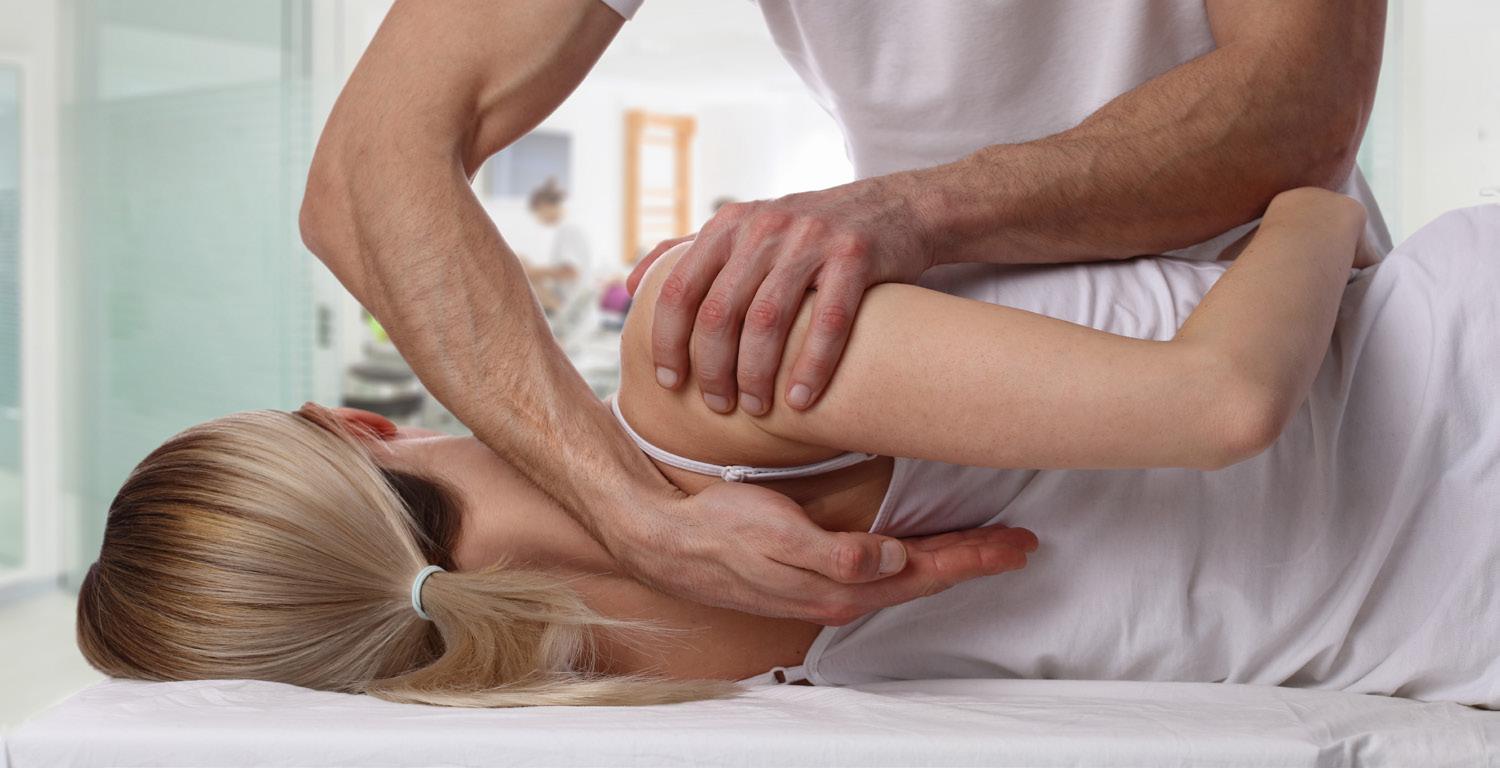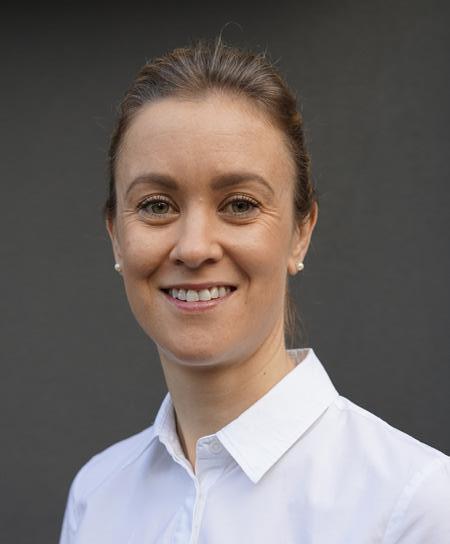
6 minute read
Holistic health
Complementary and alternative health therapies are becoming increasingly popular as Australians seek holistic treatment options.
Each year Australians spend big dollars on complementary and alternative medicine (CAM) therapies. It’s estimated up to two out of three Australians use CAM and it has a market size of more than $3.5 billion.
Advertisement
So, why do Australians love therapies such as acupuncture, kinesiology and naturopathy so much?
Australian Natural Therapists Association executive officer Jim Olds said it’s because they are looking for a holistic treatment option.
“Apart from that, (it’s about) getting a chance to experience something that is not mainstream but is still effective,” he said.
COMPLEMENTARY VS ALTERNATIVE MEDICINE
Although complementary and alternative medicines are usually grouped together under the complementary and alternative medicine (CAM) banner, there is a distinction between the two.
Complementary therapies are ‘non-mainstream’ therapies that are used alongside conventional (standard) medicine. Alternative therapies can mean therapies used instead of traditional medicine. Integrative medicine combines conventional Western medicine with evidence-based complementary medicines and therapies.
While the notion of alternative therapies as a substitute for conventional standard medicine has long been controversial, some doctors are finding a middle ground and accepting complementary medicine as an additional way to improve health and wellbeing.
In 2022, researchers published a 15-year systematic review and data synthesis on the acceptance and use of CAM among medical specialists. The results varied across medical specialists – family medicine reported the highest acceptance of CAM, while surgery the least.
“Many people try alternative medicines to achieve a healthy outcome free from side effects of some mainstream medicines,” said Mr Olds.
“This is best achieved through consultation with supportive practitioners from both sides of the health choices for patients. Professional practice guidelines support this ‘complementary’ approach to support the best result for the end user.”

POPULAR COMPLEMENTARY AND ALTERNATIVE THERAPIES
KINESIOLOGY
Kinesiology is a type of therapy that uses muscle monitoring as a form of biofeedback to detect and treat imbalances in the body. These imbalances may give rise to other health issues.
Restored Balance Kinesiology owner Megan McIntyre practices a modern form of kinesiology called neuroenergetic kinesiology from her Camberwell-based business.
The therapy identifies and defuses stress in the body using a technique called formatting.
“Kinesiology balances or removes stress in the body so that your body can resolve symptoms,” she said.
“Stress is good; it gets you off the couch and gets you achieving your goals. But when stress is persistent and consistent over time, your stress can cause you an issue.”
Ms McIntyre said her role as a kinesiologist was to use muscle testing to clear any blocks in that stress pathway.
“I don’t heal anyone, I just remove stress so that the body can,” she said.
NATUROPATHY
Naturopathy takes a holistic approach to wellness and treating health problems. It often focuses on healthy diet, fresh water, sunlight, exercise and stress management. At its core is the belief that the body has the capacity to heal itself.
During a consultation, naturopaths usually ask a range of questions about your diet, lifestyle, background and medical history. In some instances, they may perform iridology or blood analysis, and other types of testing. Treatment plans may include nutritional advice, herbal medicine suggestions, homeopathic treatments, hydrotherapy, lifestyle advice, or therapies such as acupressure or Bowen technique.

CHIROPRACTIC AND OSTEOPATHY
The Australian Chiropractors Association defines chiropractic as “a drug and surgery-free modality of treatment concerned with the diagnosis, management and prevention of mechanical disorders of the musculoskeletal system (spine); this includes the effects of these disorders on the function of the nervous system and general health”.
People see chiropractors for a range of issues, from headaches and arthritis to neck or back pain.
Treatments can include spinal manipulation using the hands (an adjustment), mobilisation, exercises, soft tissue techniques (massage), and other techniques.
Osteopathy is a non-invasive, hands-on therapy focusing on the body as a whole and the notion that all the body’s systems are interrelated.
“There’s a lot of uncertainty in the community about what we do,” said Dr Lisa Brennan from Camberwell Osteopathic Clinic.
“The easiest explanation is that we are kind of a combination between chiropractic, physiotherapy and massage therapy in terms of the treatment that we provide. We do a little bit of massage; we do some muscle techniques and we do some manipulations from a treatment perspective.”
Dr Brennan said osteopaths were not restricted to just dealing with one aspect of the body.
“We’ll look at muscles, joints, ligaments, nerves,” she said.
“The one thing that we as a clinic try to differentiate ourselves from other health professionals is that we are really interested and invested in trying to understand the cause of someone’s complaint.”
Osteopaths see patients with a range of issues, from sciatica and vertigo to muscle strains and sprains.
So, what can you expect during a consultation?
Osteopaths will take a complete medical history before assessing the complaint and beginning hands-on care.
“Following that, the management will entail an analysis, posture, ergonomics, behaviours, plus we’ll potentially prescribe some rehabilitation, so some stretches or strengthening work,” said Dr Brennan.

TRADITIONAL CHINESE MEDICINE
Traditional Chinese medicine has evolved over thousands of years. It draws on various practices to improve quality of life and treat health problems. Examples include acupuncture, tai chi and Chinese herbal medicine. Central to traditional Chinese medicine is the belief that the energy flows of yin and yang must be balanced within the body to achieve optimal health. With acupuncture, fine needles are inserted into specific areas, or acupuncture points, in order to clear energy blocks.
Tai chi involves gentle movements, postures, breathing and meditation to enhance balance and create harmony between the mind and body.
Chinese herbal medicines are prescribed to treat imbalanced energy (or Qi), that runs through invisible channels in the body called meridians. As with any medication, Chinese herbal medicines can be toxic and interact with other medications, so it’s important to talk to your doctor before taking them.
DECIDING WHAT’S RIGHT FOR YOU
There’s no doubt that complementary and alternative medicine has gained popularity and is now considered an established part of health and wellness for many Australians.
Before trying any new therapies, it’s a good idea to talk to your doctor and do your own research to make an informed decision about your healthcare.

Megan McIntyre of Restored Balance Kinesiology

Dr Lisa Brennan of Camberwell Osteopathic Clinic







